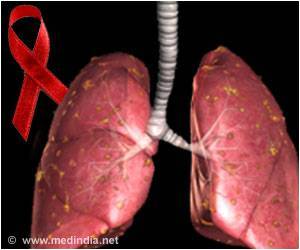A new research study in PLoS Medicine suggests that teaching adolescents to use condoms might reach across them better than to propagate to them to abstain from sex. The best way of teaching sex education and HIV prevention to youngsters has been the bone of contention for a long time owing to the belief that teaching about safe sex might encourage them to indulge in it. But the new study points out that teaching youngsters to use condoms might be a more effective way because the abstinence-only programs supported by the US Government has been futile in to bringing down HIV risk.
Do “abstinence-plus” programs, which present safer sex as an option when abstinence fails, reduce risk or just confuse the issue".To answer this question, Kristen Underhill and colleagues screened over 20,000 research reports to identify 39 studies of abstinence-plus programs including more than 37,000 North American youth, typically in schools, community facilities, and healthcare settings. They found that 23 of these reports showed a beneficial effect on at least one sexual behavior reported by the participating adolescents, including increased abstinence, more condom use, and less unprotected sex. No report found that participants who were taught “abstinence plus” increased their risk by starting to have sex at an earlier age, or by decreasing their condom use when they did have sex. The study also found limited evidence that some abstinence-plus programs can reduce pregnancy rates among teenage girls.
Overall, the study suggests that abstinence-plus approaches do not undermine program messages encouraging abstinence, nor do they undermine program messages encouraging safer sex.
In a commentary accompanying the research article, HIV prevention researchers Shari L. Dworkin and John Santelli point out that abstinence-plus programs have been excluded from US funding allocated for abstinence-based programs. They note that US government promotion of abstinence-only programs has created disarray in efforts to prevent HIV in developing countries.
Source-Eurekalert
SRM/J









